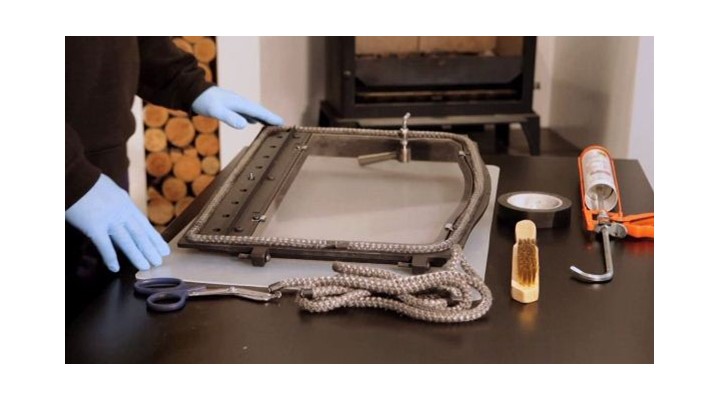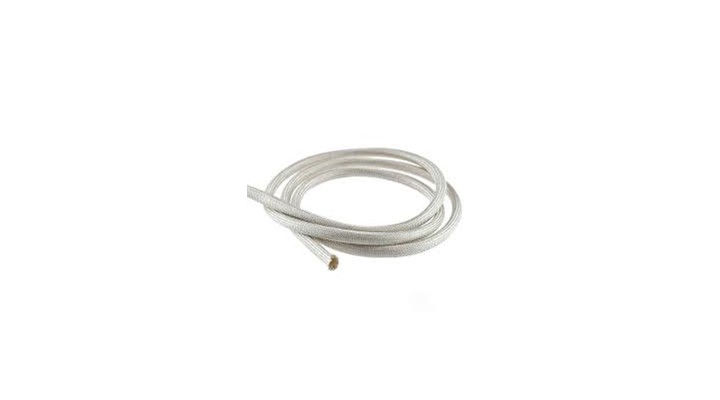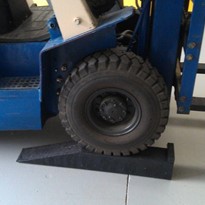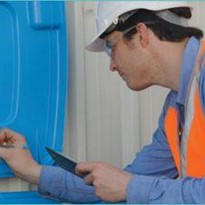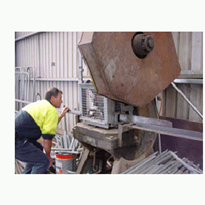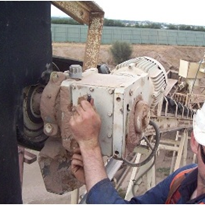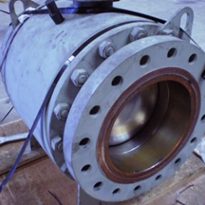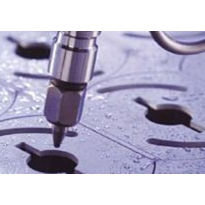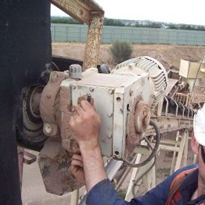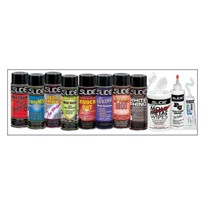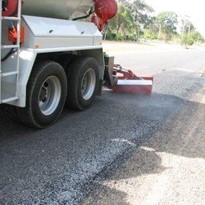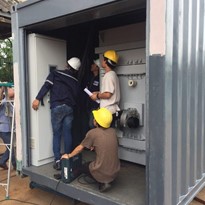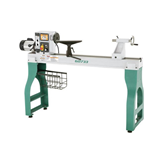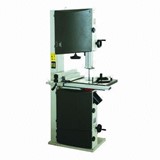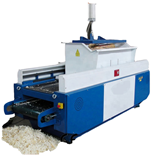Door Adjustment (Money / Bill test)
To test the door seal open the door on a cold stove, place the bill across the gasketed area of the door, then close and latch the door. Try to remove the bill by pulling. The bill should not pull out easily. If there is an area where the bill slips out easily the door seal needs attention.
Try is to adjust the door latch. Some stoves have a mechanism to adjust the door others can be adjusted by bending the hook welded to the stove body.
If you can't adjust the door or if after adjustment the bill pulls out easily in one or more places, you should replace the door gasket
Door gaskets
Very few older stoves have carefully fitted ground cast iron surfaces that seal reasonably well without gaskets, virtually all modern wood heaters use gasket material around the loading doors to seal them. Some ash pan doors also have gaskets.
Door Glass
Modern wood heaters use a clear ceramic material instead of the tempered glass that older fireplaces used. It will not break with heat generated by wood burners, but it can break if the fasteners are over-tightened or if it is struck hard with a poker or piece of wood.
Stove glass is very expensive, but should never need to be replaced. Some stove models seem to cause etching of the glass with normal use over time. You may wish to replace it to renew the clear fireviewing.
Regular maintenance and re-installing glass will require you to tighten glass fasteners. When so doing, ensure that you tighten them lightly, allowing room for the glass to expand when heated.
This ceramic glass is very stable and does not shatter, so if you crack your glass, you may be able to use the stove for a short term while you find a replacement. Replacement glass can be cut to size by a specialty wood heating store or sweep. Alternatively, you can buy replacement glass supplied by the stove manufacturer.
Some EPA certified stoves use specially coated glass. Check your manual. If this is the case, you can buy replacement coated glass from a dealer. Coated glass has a special side facing out. Check it and ensure you are installing the right way out.
Cleaning Door Glass
Most stoves built since the mid-1980s that have ceramic glass panels in their doors also have a air-wash system. The air-wash system supplies most of the primary air to the fire through a narrow slot along the top inside edge of the glass. The objective is for the combustion air sweep down between the glass and the fire so that soot cannot stick to the glass. Good airwash systems are remarkably effective at keeping the glass clear. When combined with seasoned fuel and good operating technique, these systems can keep the glass door clear for weeks of 24/7 operation. After a period of use, a white or grey haze forms on the glass. The haze is easily removed with a damp paper towel when the stove is cool.
Light brown stains that form at the lower corners of the glass can be removed with a special wood stove glass cleaner by following the product instructions. Dark stains are difficult to remove and are a sign either that the stove has a poor air-wash system or the fuel is wet or the stove is being turned down too much. Smouldering fires and damp fuel are the most common reasons for dirty glass. You can work at keeping your glass cleaner by following the stove operating suggestions in our tips section. Dark stains can be made easier to remove by burning very hot for a couple of load cycles.
Do not use abrasives on door glass. Some people recommend using a razor blade to remove black stains from ceramic glass, but this will almost certainly scratch the material because it is much softer than regular window glass. Other people use a small amount of light ash on a damp paper towel for cleaning glass. The objective, however, should be to run the stove or fireplace so that the only deposits are white or grey and are removable with a damp paper towel.
Paint
Stoves have been painted with high temperature paint since the 1970s. Good stove paint is widely available and will withstand high stove temperatures. Spray cans of stove paint can be used to touch up your installed stove to make it look like new without removing it to a shop. Let the stove cool down first. Mask those parts not to be painted and protect everything around the stove from over spray with large sheets of cardboard or paper. Most stove paint dries to the touch in about fifteen minutes.
Colors are widely available too, so you can experiment by changing from traditional black to a more decorative color. How about a two-tone paint job?
Enamel
Some stoves are factory enameled, a finish that cannot be added later. Enamel is very tough, even under heat stress, but can be damaged by chipping. Touch up and enamel filler kits may be available from stove dealers.
Cast Iron Stove Rebuilding
Cast iron stoves are built from several separate panels which are held together with long threaded rods that clamp sides, front and back between the top and bottom. As the stove is assembled at the factory, stove cement and sometimes gasket is placed in the joint and compressed as the rods are tightened.
The owner's manual usually suggests breaking the stove in over time with a few fires. These increasingly hot fires soften the stove cement in the channels allowing the cement to fill every crevasse, thus ensuring air tightness.
If a cast stove is moved from its original location cracks in the cement can develop, meaning that the stove will leak air and be harder to control. If a cast stove leaks too much air, and the gaskets are in good shape, it should be torn down, cleaned and rebuilt with new stove cement in the grooves.
Rebuilding a cast iron stove is a big job that if not done right, can result in more leaks than it had before tearing down. Unless you are well prepared with good advice and a full set of tools, have a dealer do the rebuild for you.
Firebrick
Firebrick is used in many wood stoves to protect steel or cast iron while increasing firebox temperatures for better combustion. Modern EPA certified wood heaters often use a lighter, lower density brick for higher performance. When replacing such brick it's important to replace with the same brick type to maintain your stove's efficiency.
Cracked firebricks, which remain in position, do not have to be replaced immediately. The bricks in most stoves and furnaces are a standard size, which is half the size of a normal house brick. They measure about 4 1/2" x 9" x 1 1/4" inches, and are referred to as firebrick 'splits'. Standard splits can be purchased at some building supply stores, but the special low density bricks found in some EPA certified stoves must be purchased from a wood stove dealer.
Baffles
Baffles in wood heaters reflect heat towards the fire, increase the length of the flame path and create a chamber for secondary combustion, all of which are essential for clean burning and high efficiency. They may be stainless steel, cast iron, firebrick, ceramic fiber board or a combination of these materials. Since they are exposed to flame on both sides, baffles get very hot and will deteriorate over time. Removal and replacement is usually detailed in the owner's manual. For mainstream stoves, replacement parts can be ordered from a stove retailer or directly from the manufacturer. Cheaper stoves may have baffles that are not replaceable, meaning that the stove is ruined when the baffle fails.
Some horizontal baffles include a ceramic fiber blanket, which usually lies on top of the baffle. During maintenance and cleaning, this blanket must be pressed down flat so that it doesn't block the area above the baffle where the exhaust flows. Ceramic fibers should be treated like asbestos; airborne particles should not be inhaled. Wearing a respirator is recommended when doing this kind of maintenance.
Special refractory
The term refractory means a material that can tolerate high temperatures and is usually in the form of firebrick or ceramic fiber. Some stoves use custom-cast refractory components using ceramic fibers for a secondary combustion chamber. These are usually white or off-white material and may be very soft board-like material or a hard masonry material. In either case they should be handled gently. Avoid breathing any dust created by handling. Repair may be possible in cases of breakage in some cases. Replace when necessary with factory-supplied components.
Air tubes
Stainless steel air tubes are used at the top of the fire under the horizontal baffle in many modern EPA certified non-catalytic stoves. The intense heat in this location can cause them to sag or disintegrate in time. The tubes are removable by undoing the fastener or turning to unlock the keyed ends. Replace with factory parts and new fasteners.
Catalysts
Catalytic elements deteriorate over time, generally lasting 12,000 hours or about six years, if they are cared for properly. Your owner's manual gives directions on cleaning, inspecting and replacing them. EPA standards dictate a six year prorated warranty, which you should be read to understand how to care for the combustor.
After a few years of use, or if you see a change in stove performance, it is a good idea to inspect the catalyst. This can usually be done without removing it from the stove. If the catalytic element looks good, is all about the same beige color and has no pieces missing, it is probably still functioning and suitable for continued use.
You can check the condition of the catalyst by watching the smoke at the top of the chimney. There will be smoke as the stove heats up but it should decrease dramatically or disappear completely when the catalyst is engaged.
Cleaning the catalyst involves removal from the stove and gentle vacuuming and/or sweeping with a soft brush. If a catalytic element has pieces missing or if the coating shows signs of flaking, replacement is the only option.
Warped steel parts
Interior steel parts in a stove may warp over time. In some cases this distortion is acceptable because it does not affect performance. In other cases, warping may allow exhaust to bypass the combustion system, producing a drop in efficiency. Warped parts should be replaced with components supplied by the appliance manufacturer.
Structural welded steel plates, such as sides, back and top, that warp may be unsightly, but as long as there are no cracks, the appliance can continue to be used. These parts of welded steel stoves are not replaceable so if they crack or badly distort it means the body is not suitable for continued use and should be recycled.
Cracked castings
Cast iron may warp or crack through time, but it's usually a sign of severe stress caused by overfiring, often due to leaks in joints between castings. Interior parts may be replaced with manufacturer-supplied parts. Exterior parts can be replaced during a complete teardown and rebuilding.


